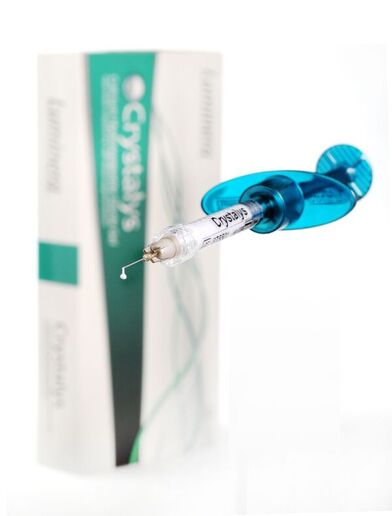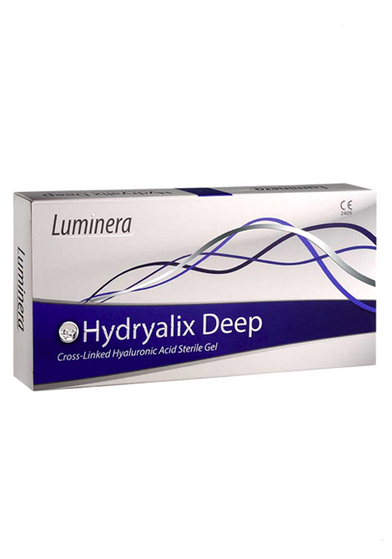Fillers

Gentle, non-surgical methods of beautifying the skin have been on the rise worldwide in recent years. Refreshing the skin for wrinkle treatment by injecting wrinkles with filling materials has now become a proven and effective method. It is also used for facial contouring (face modeling), volume shaping and lip beautification. The filling materials used are also called “fillers”. For many years, injection in aesthetic and cosmetic medicine has established itself as an efficient way of reducing facial wrinkles and building volume. Depending on the place of use, different fillers are used: There are suitable materials for every area, be it fillers for the injection of facial wrinkles, for neck tightening, cheek filling, lip shaping, or for dark circles, forehead wrinkles or against glabella wrinkles. The cosmetic market for filler products is now very extensive in Western Europe, and it is constantly growing. There is now a choice between around 80-100 different fillers. Choosing the most suitable filler from this large number of different preparations is not always easy. But not only pre-made filler products can be used. Filling materials are also those that are taken from your own body, processed and used for skin rejuvenation: your own collagen, your own fat, plasma gel, etc. Body filling materials are particularly well tolerated because they cannot cause allergies.
The ideal tissue filler should be
Differentiation criteria for filling materials
Fillers can be distinguished from one another using the following criteria: Crystalys Biodegradable or non-biodegradable fillers, Fillers made of the body’s own material or those made of foreign material (synthetic fillers), according to the durability or durability of the aesthetic effect achieved, depending on the nature of the ingredients. The biodegradable fillers are gradually broken down by the body’s own enzymes. The breakdown process lasts from several weeks to a maximum of about 12 months. Degradable, biological fillers are made by bacterial fermentation or from animal products. It is primarily hyaluronic acid that is processed and cross-linked by special processes, as well as collagens. The non-biodegradable fillers are permanent filling materials. They are always made synthetically. Their use carries a higher risk of undesirable side effects. The situation is different with substances extracted from your own body, such as your own fat or plasma from your own blood: they are so-called substances belonging to the body, and there is no risk of allergies when used. That is why they offer the highest security standards and are now becoming increasingly popular.

How are hyaluronic acid and collagens broken down?
With hyaluronic acid, the duration of action depends on the degree of crosslinking. Hyaluronic acid fillers are broken down into water and CO2 by the body in two steps. The first degradation step takes place in the skin, where the filler was placed. In the case of cross-linked fillers, the cross-linking first separates, then the hyaluronic acid itself dissolves gradually over a period of one year, seeps into the subcutaneous tissue, where it gets into the tissue blood and is absorbed by the capillaries. Once the degraded components of hyaluronic acid have entered the blood from the skin, they are transported to the liver, where they are completely broken down in the second step. The degradation path is the same for all degradable, well-cleaned fillers, it only differs in the time required for the degradation, with cross-linked or highly cross-linked products correspondingly lasting longer.

Free Consultation

